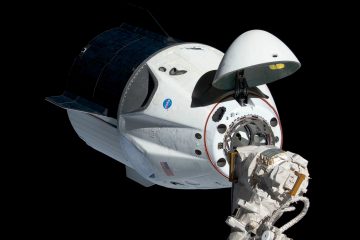The Role of Jets in Modern Aviation

Introduction
Jets have revolutionized the world of aviation, enabling faster travel, expanded global connectivity, and significant advancements in industry standards. As commercial jets continue to evolve, their impact on travel, trade, and even the environment becomes increasingly significant. Understanding jets and their contributions informs the public about the key developments in the aviation sector.
The Evolution of Jet Technology
The invention of the jet engine in the 20th century marked a pivotal shift in aviation history. The first commercial jet airliner, the de Havilland Comet, took to the skies in 1952, paving the way for the modern aviation age. Today, leading manufacturers such as Boeing and Airbus produce jets capable of flying at high altitudes and speeds. With advancements in aerospace technology, jets now utilize more fuel-efficient engines, reducing their environmental footprint.
Current Developments in Jet Aviation
In recent years, the aviation industry has focused on sustainability, with jets incorporating more eco-friendly technologies. Innovations such as blended wing bodies and hybrid-electric engines are being tested to minimize carbon emissions. Additionally, the rise of supersonic jets, like the Boom Supersonic Midnight, presents a future where cross-continental travel could become significantly faster, seeking to harness jet capabilities with less environmental impact. The COVID-19 pandemic has also altered commercial flight patterns, presenting ongoing challenges and opportunities to innovate.
Challenges Facing Jet Aviation
Despite advancements, the aviation sector continues to face challenges, including fluctuating fuel prices, regulatory hurdles, and changes in passenger behavior. The importance of safety measures remains paramount, with manufacturers and airlines investing in enhancing operational safety protocols, especially in the wake of emerging global threats. Additionally, there is a pressing need to address aviation pollution, as jet traffic is a significant contributor to greenhouse gas emissions.
Conclusion
As jets continue to play a critical role in modern transport, ongoing innovations will likely shape the future of aviation. Enhancements in technology may streamline travel while reducing environmental impacts, making jet travel more accessible and sustainable. For passengers, these advancements could translate into a more efficient travel experience with faster connections and reduced delays. Monitoring the developments in jet technology not only satisfies curiosity but also prepares consumers for the future of air travel in a rapidly changing world.









